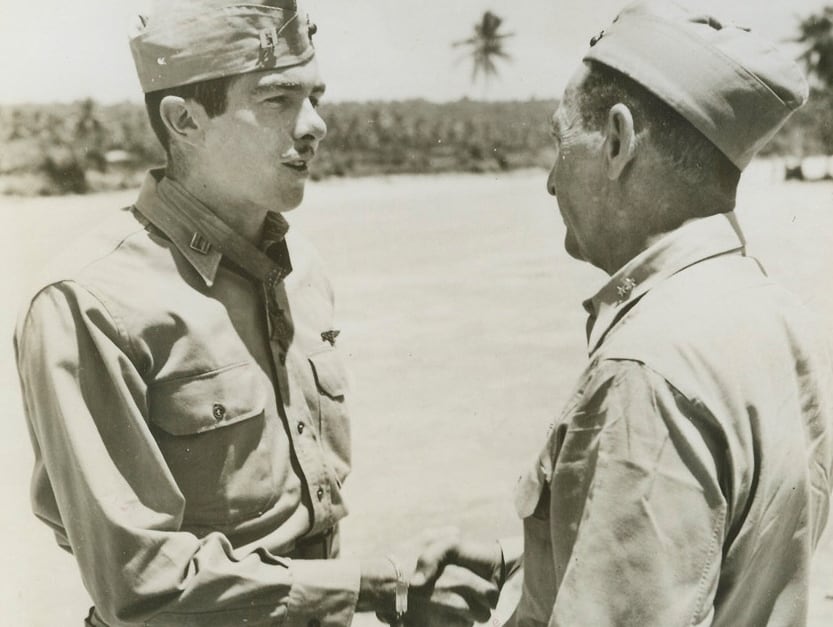KANEOHE BAY, Hawaii – Japan has been practicing storming beaches with the U.S. and other countries in Hawaii this month. The amphibious landing exercises, which are relatively new to Japan's military, come as Tokyo tries to boost its ability to defend small islands it controls but China claims as its own.
Helicopters dropped a reconnaissance team of Japanese soldiers into the ocean off a beach at a U.S. Marine Corps base during Rim of the Pacific exercises on Tuesday. The soldiers climbed aboard inflatable rafts and inspected the shoreline before waves of U.S., Australian and Indonesian marines followed in amphibious vehicles.
Japanese navy Rear Adm. Yasuki Nakahata said afterward but the exercises gave the soldiers an opportunity to improve their skills.
"You looked great. I want you to continue with confidence," he told the soldiers, who are members of Japan's army.
U.S. Marine Corps Maj. Gen. Richard Simcock told the soldiers their capabilities were getting "better and better."
"What I see are warriors. I tell you here and now if the time ever requires it, I look forward that we can stand shoulder to shoulder and fight any common enemy," he said.
Japan has been buying amphibious landing craft and boosting its amphibious training for potential conflicts on islands.
In particular, it's concerned about small, uninhabited islands in the East China Sea that it controls but that China claims. Called the Senkaku Islands in Japan and Diaoyu in China, they have been a focal point of disputes between the two nations in recent years.
Tokyo fears China will attempt to land forces on the islands and Japan will need to fight them off, said Brad Glosserman, the executive director of Pacific Forum CSIS, a think tank in Honolulu.
"It is the flashpoint in their relationship and therefore they need to be ready to repel Chinese or any other country that manages to try to challenge the Japanese claim," Glosserman said.
Japanese ground forces for decades were focused on the Cold War threat posed by the Soviet Union to northern islands like Hokkaido. But China's military growth is bringing its attention on the south.
Last year, Japanese forces traveled to California to practice their amphibious assault skills.
Glosserman said the exercises are about practicing learning from partners experienced in amphibious landings. But he said the drills also telegraph to the U.S. — its treaty ally — Japan's willingness to fight.
"The Japanese are transmitting to the Americans about the value of Japan as a partner, as an ally, and as a country that's prepared to defend itself and be ready to defend its own territory which the United States is also obliged to defend."





